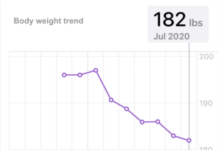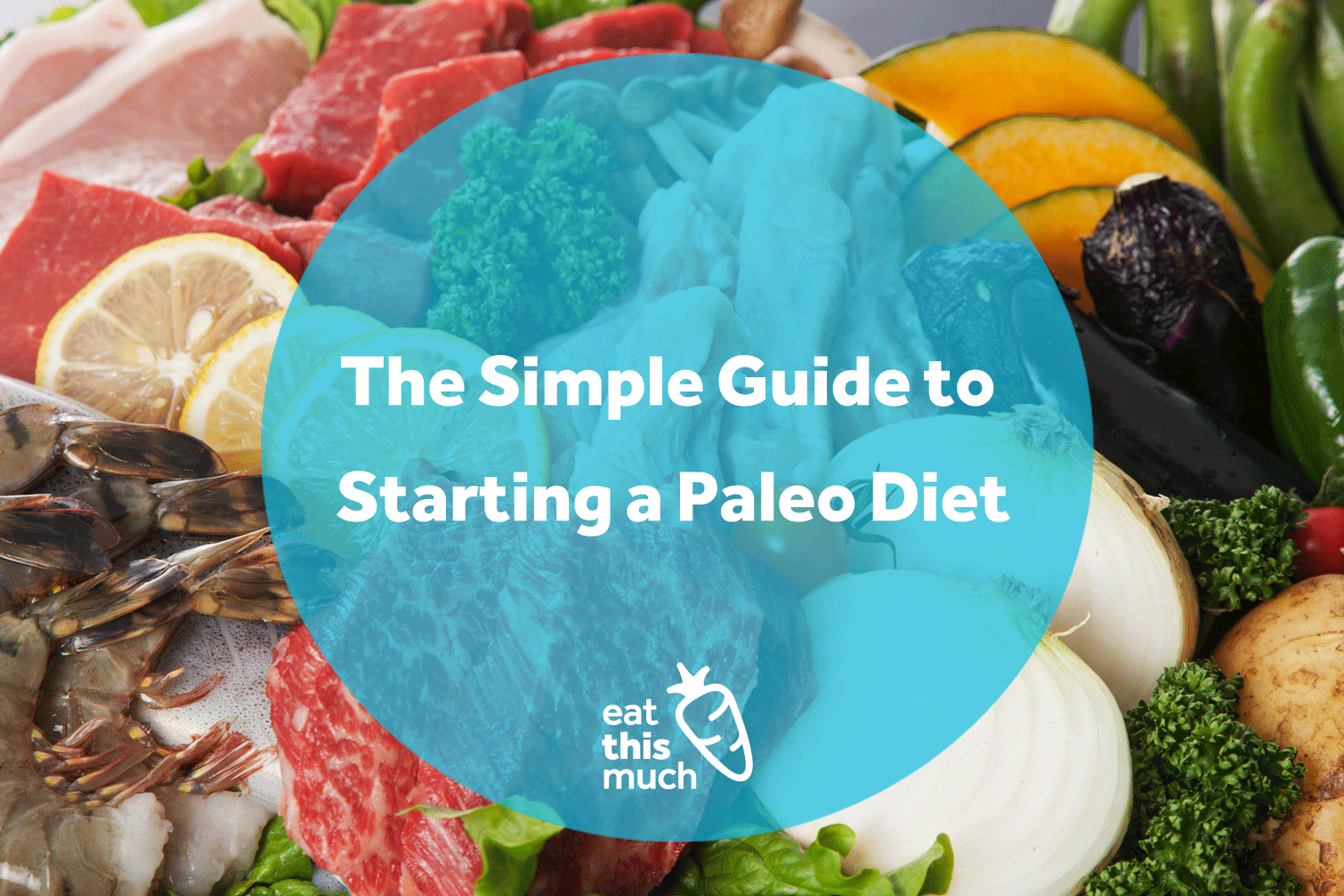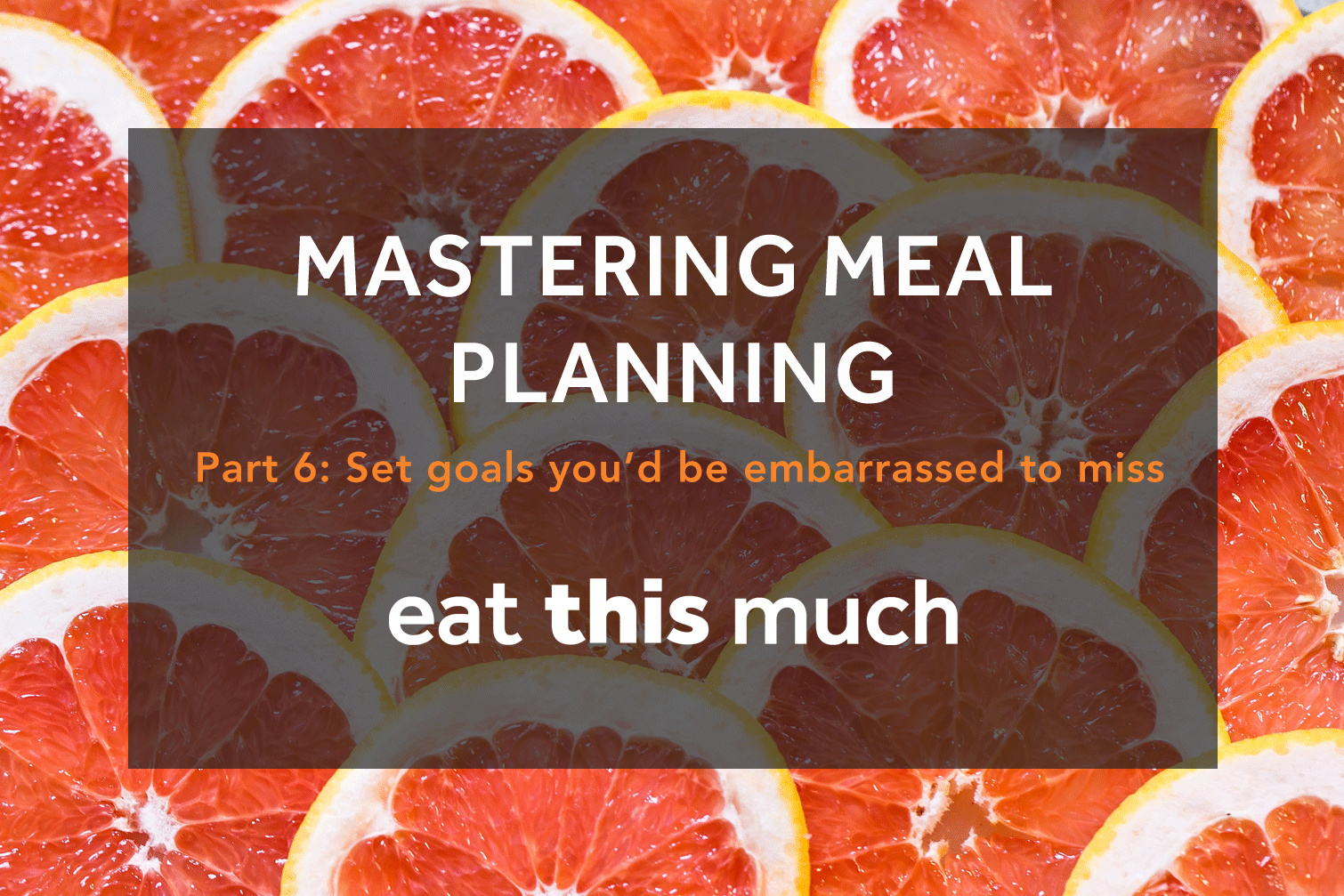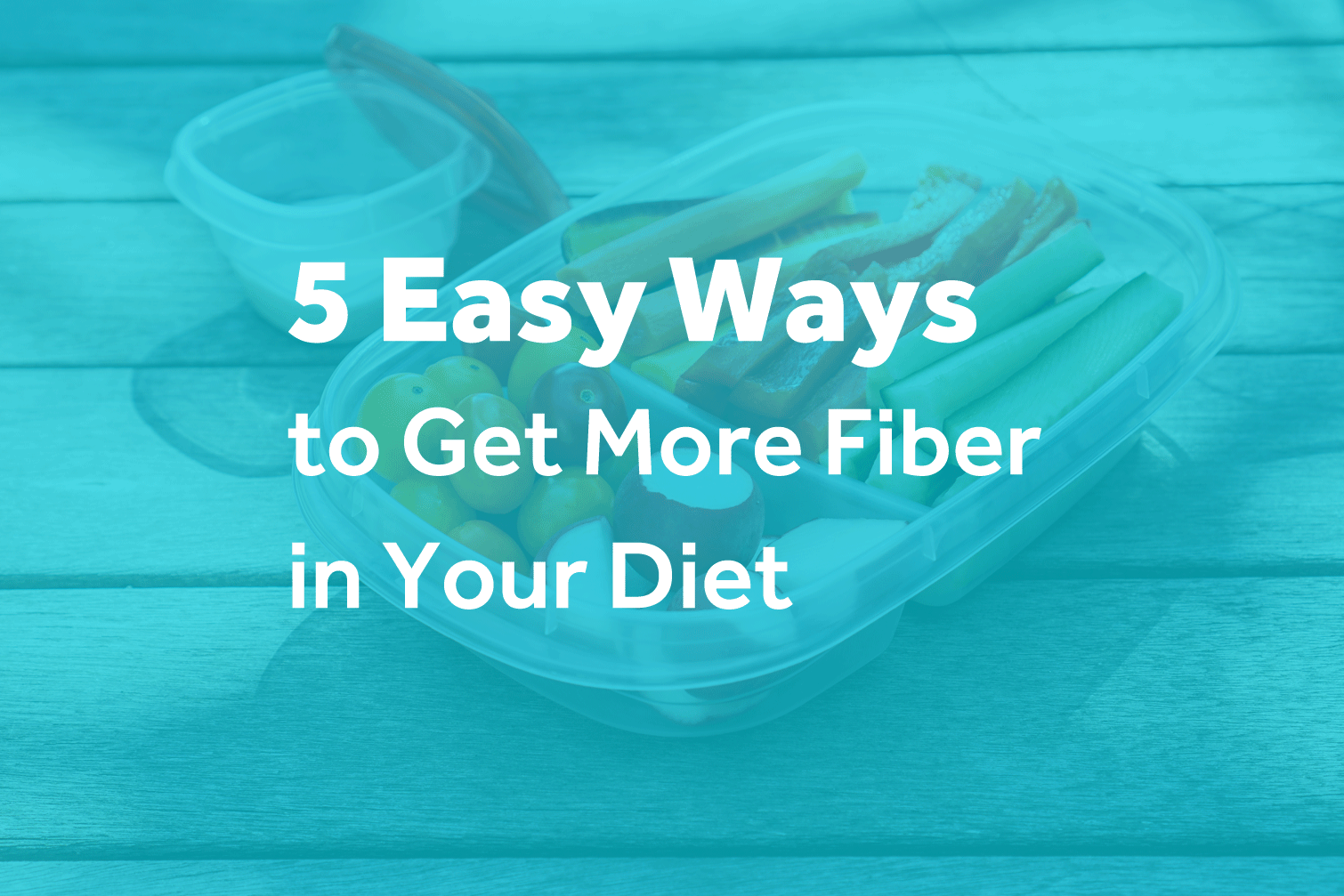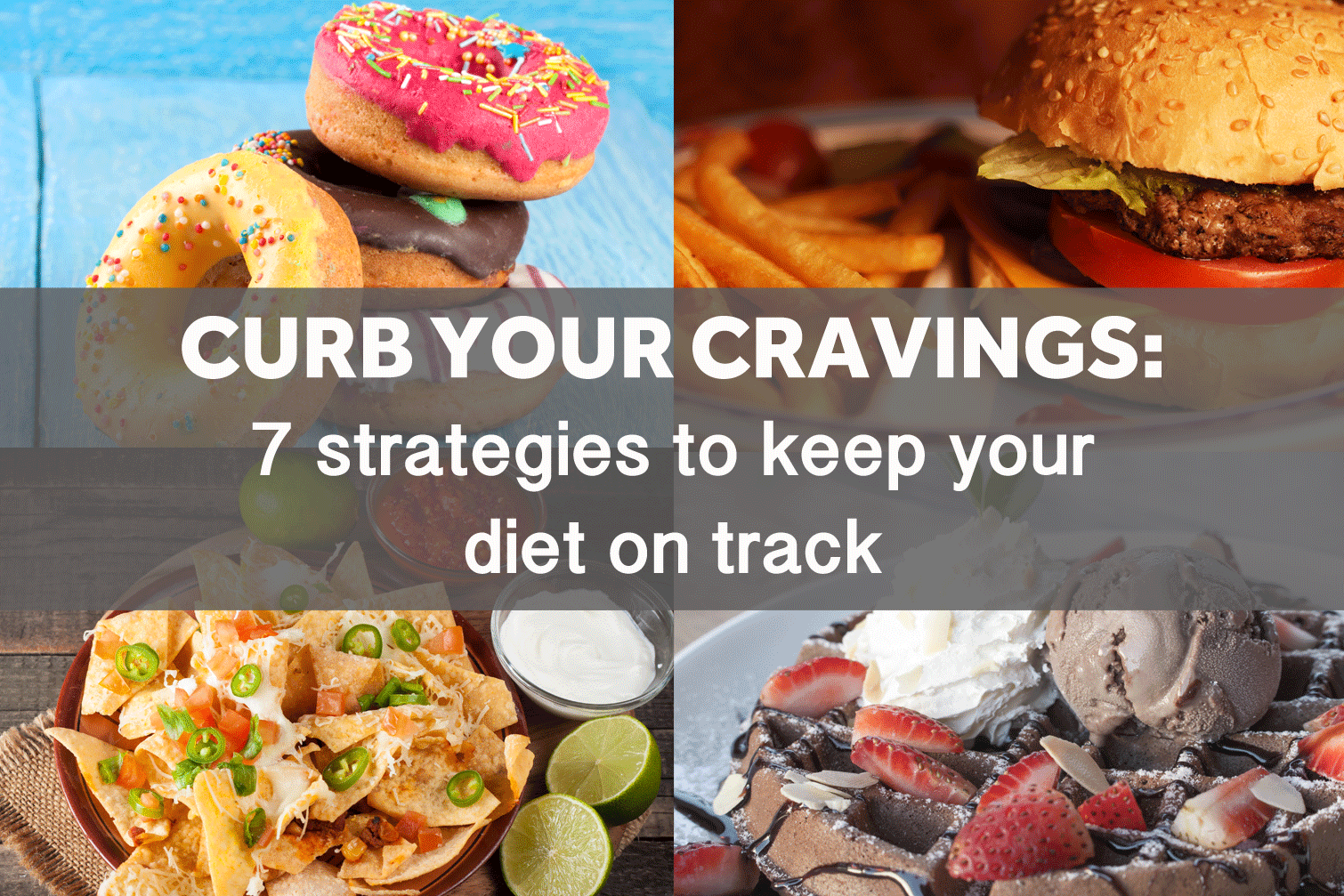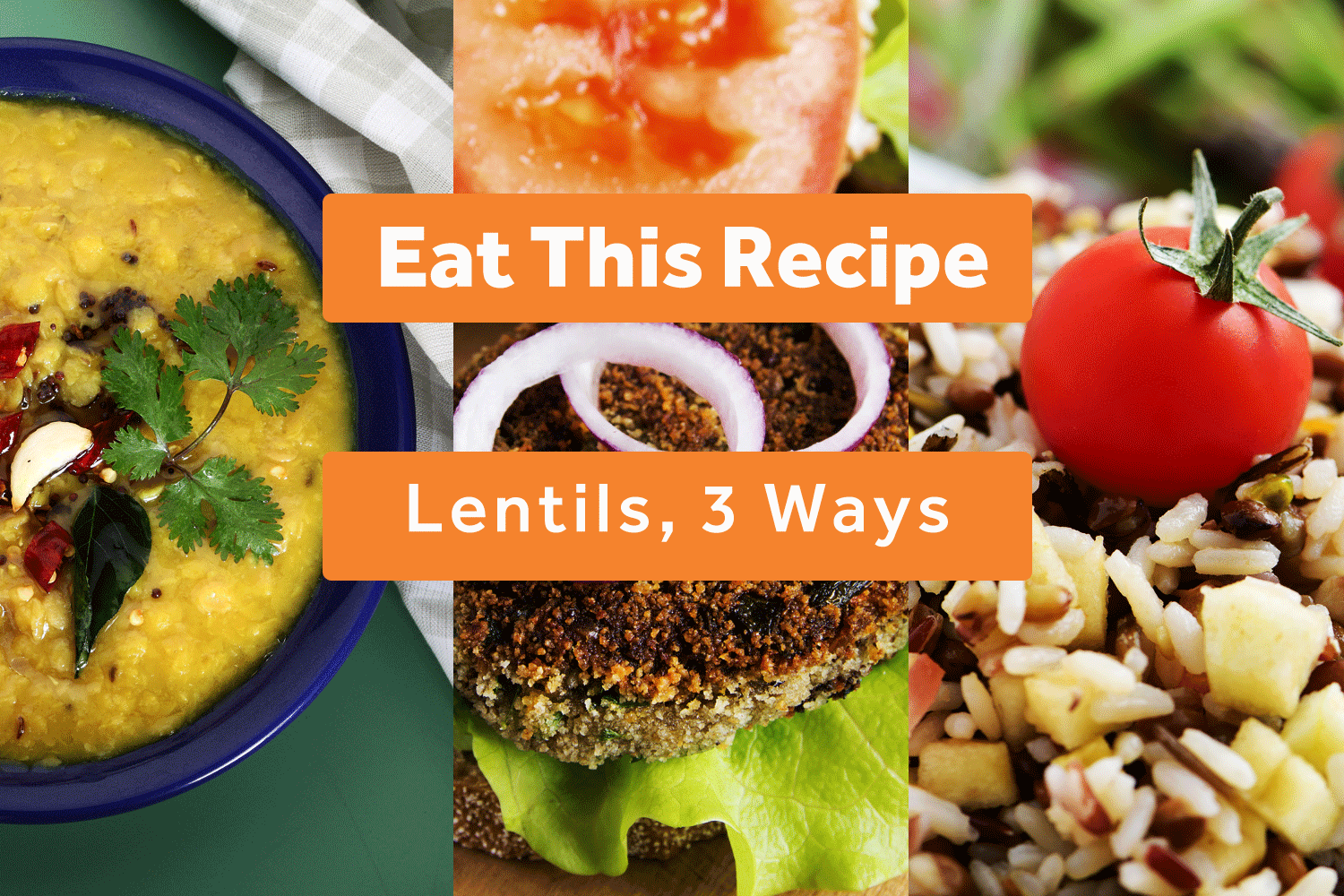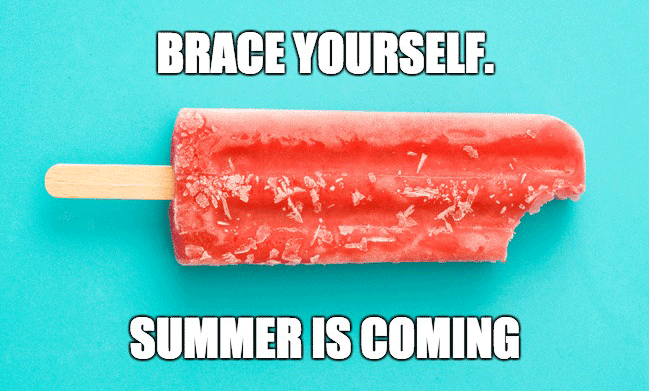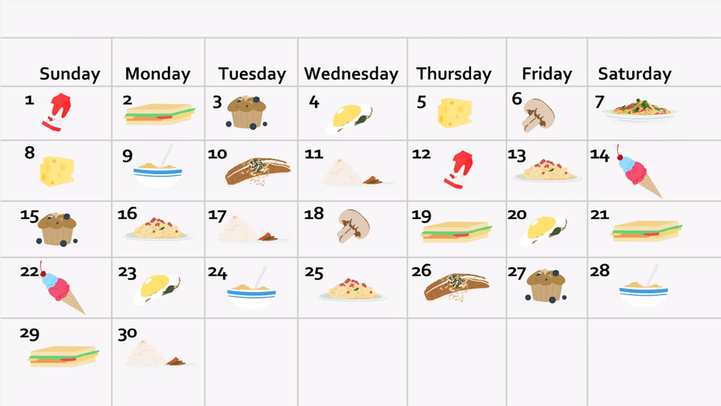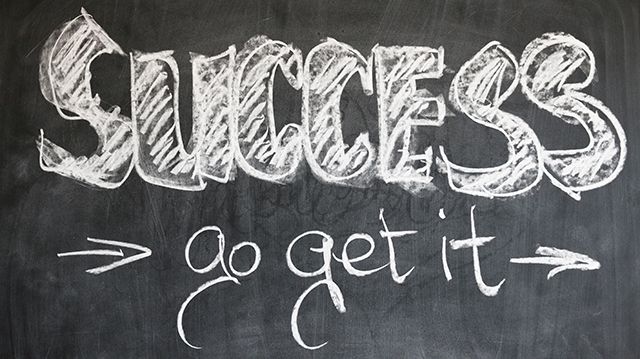Gearing up to start your weight loss journey? If so, it’s imperative that you take the time to figure out what you should and shouldn’t be eating.
Many new to weight loss have the best of intentions and put forth a high amount of effort, but fail to see the results they desire simply because they are making some poor decision along the way.

When it comes to weight loss, what you eat and how much you eat are the two key factors determining success.
Sometimes, you may think a food is healthy and will support your weight loss goals, but in reality, that just isn’t the case.
Let’s look at six poor eating decisions when aiming for weight loss.
1. Yogurt

Does your mid-morning snack consist of yogurt? Many dieters figure this is a great weight-loss friendly choice because it’s contains some protein, offers a good dose of calcium, and usually comes in around the 100-150 calorie mark.
But, take a good look at the sugar content of that yogurt. If it’s a regular variety (especially if it’s fruit flavored), it’s quite easy to take in 15-20 grams per serving.
This is simply far too much for anyone seeking weight loss results, so it’s time to put that tasty yogurt back on the shelf.
If you must have yogurt, opt for a low fat plain Greek yogurt and add some fresh berries for extra flavor. That’s a far superior snack option that will promote safe and healthy weight loss results.
2. Fruit Juice
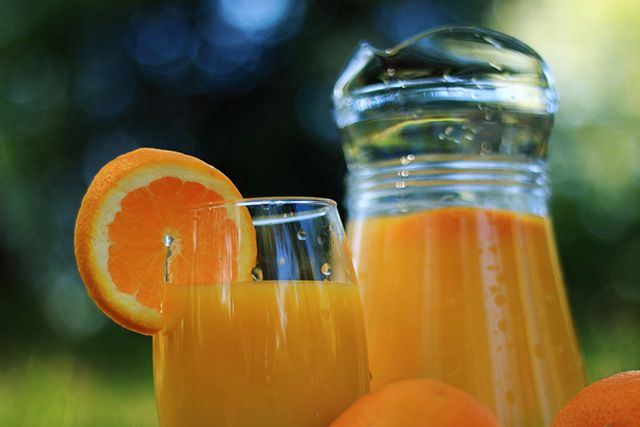
Fruit juice is another very poor eating decision if weight loss is your goal. Once again, many people think this is a smart option because it’s made from real fruit. In fact, some fruit juice varieties even contain the pulp.
Surely it must be healthy?
The issue with fruit juice is first, it lacks the fiber that’s found in whole fruits. As someone seeking weight loss, fiber is your best friend because it stabilizes blood glucose levels and will also help ensure that you are keeping your hunger in check.
Second, fruit juice is a highly concentrated source of calories. Take your average glass of orange juice for instance. You’ll easily total 100-150 calories per glass, which is the equivalent to three medium sized oranges.
Which would cause you to feel more full? Three oranges or that glass of juice? Most people wouldn’t even finish three oranges before getting full.
Always opt for real fruit. You simply can’t go wrong there.
3. Protein Bars
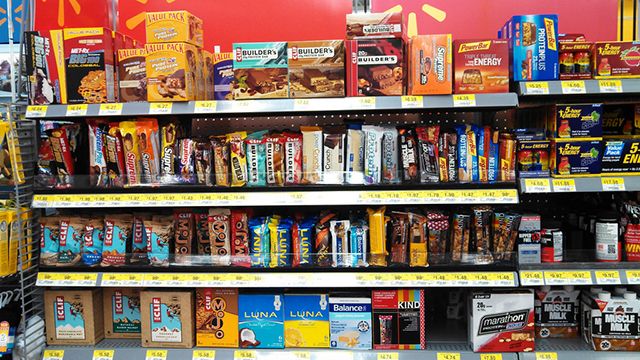
The next one to take note of and be careful about are protein bars. Most of these tend to be nothing more than glorified candy bars. Sure, they will give you 15-20 grams of protein per serving, but with that, they usually pack in 200-300 calories, 5-15 grams of fat, and may also contain 10-25 grams of sugar as well.
It’s simply too much for someone seeking weight loss results.
While there are a few protein bars on the market that are very low in sugar and would be safe options, for the most part, cut these out. Really be careful about reading any labels of protein bars you are thinking of consuming to ensure that you aren’t taking in extra sugar that you just don’t need.
4. 100 Calorie ‘Snack Packs’
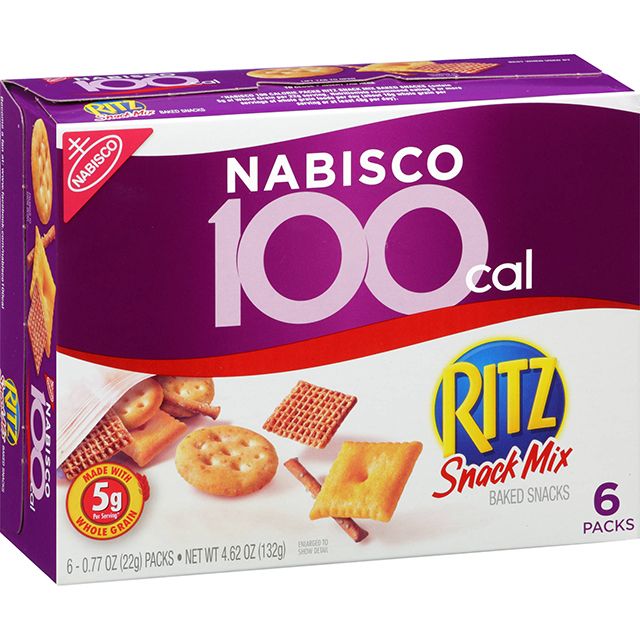
Which now brings us to our next eating mistake – 100 calorie snack packs. The nice thing about these is that they are portion controlled. For the most part, 100 calories isn’t going to put too much of a dent in your daily diet plan (provided of course, you don’t eat 3-4 snack packs at once!).
But the real issue with these is that the foods you are getting in this snack pack simply aren’t healthy. Usually it’s foods like chocolate covered pretzels, chips, crackers, and so forth.
So even though the calories may line up, you aren’t getting good nutrition from these foods and worse, they could be spiking your blood sugar levels, setting you up for a crash and to experience ongoing hunger shortly after eating that food.
If you want a 100-calorie snack, try an apple or a banana. These are Mother Nature’s portion controlled treats that will satisfy your sweet tooth at the same time.
5. Frozen Dinner Meals
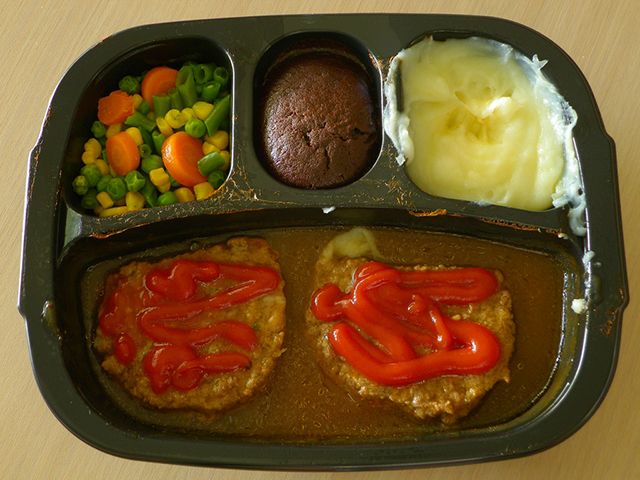
Frozen dinner meals are the next thing on the list to be extra careful of. Here again, usually they will only contain around 250-300 calories, so they may seem weight loss friendly, but the problem is they typically don’t give enough total protein to support your lean muscle mass (and any workouts if you are doing them!) and they lack dietary fiber from wholesome vegetables.
Instead, what you get is a small dose of some sort of protein, some noodles, a bit of sauce, and maybe a vegetable or two. It’s hardly a meal you’ll feel full after.
Most often if you eat a dinner meal, you’ll find yourself reaching for a snack about an hour later anyway, so the calorie control benefit is negated by this fact.
Make the time to cook a wholesome meal for yourself that actually fills you up and you’ll be far better off.
6. Granola
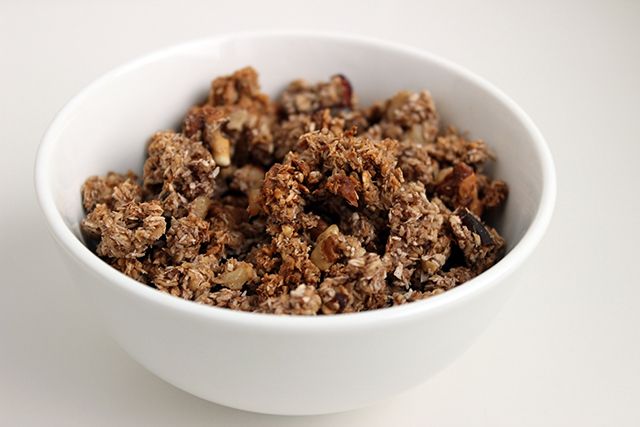
Finally, don’t fall for the granola trap. This whole grain granola filled with nut clusters may seem like a healthy start to your day, but the fact is, most of the time, the nutrition stats you are given are for about ¼ cup of the granola.
So if you are like most people and pour 1 cup of the cereal into your breakfast bowl, you aren’t taking in the 110 calories on the label, but rather, 440 calories – and that doesn’t even include the milk!
Not to mention, these are often high in sugar as well, even though they don’t come off as a sugary breakfast cereal.
In conclusion
So keep these poor weight loss eating decisions in mind. If you are eating any of these in your diet plan, consider removing them so that you can get on track to seeing better success.


